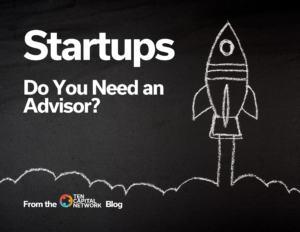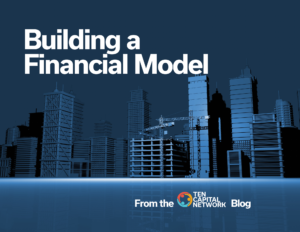
Startups: Do You Need an Advisor?
2 min read. Startups: Do You Need an Advisor? Many startups collaborate with an advisor at some point in the process of their development. Advisors

2 min read. Startups: Do You Need an Advisor? Many startups collaborate with an advisor at some point in the process of their development. Advisors

2 min read What is Your Competitive Advantage Many entrepreneurs are unaware of what gives their product a competitive advantage, confusing anecdotal stories for concrete

2 min read What is Your Competitive Advantage Many entrepreneurs are unaware of what gives their product a competitive advantage, confusing anecdotal stories for concrete

2 min read What Investors Look For So you’re about to raise funding for your startup and wonder what investors look for. Startups can be pretty

1 min read Bootstrapping Your Business At its core, bootstrapping is about starting your business from the ground up without the help of outside sources.

2 min read Technical Due Diligence Technical Due Diligence (TDD) is a detailed evaluation of a company’s technical side, including existing software and hardware products

2min read Building a Financial Model Building a financial model is an important aspect of running a startup and achieving investor funding. Below, we learn how

2min read Due Diligence Box: What is it and How to Prepare One After an investor expresses interest in funding your deal, the first question to

2min read Two Key Elements of a Crowdlending Campaign The key to success is compelling presentations and getting the word out to as many people